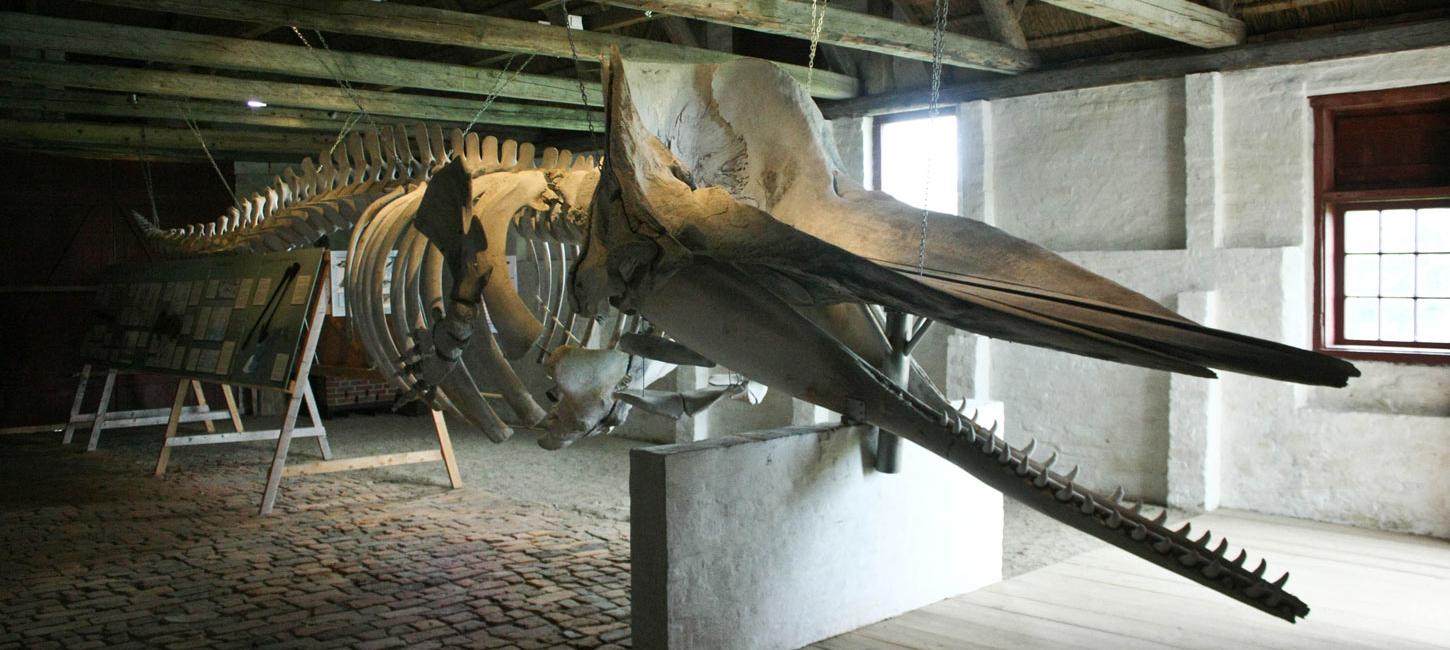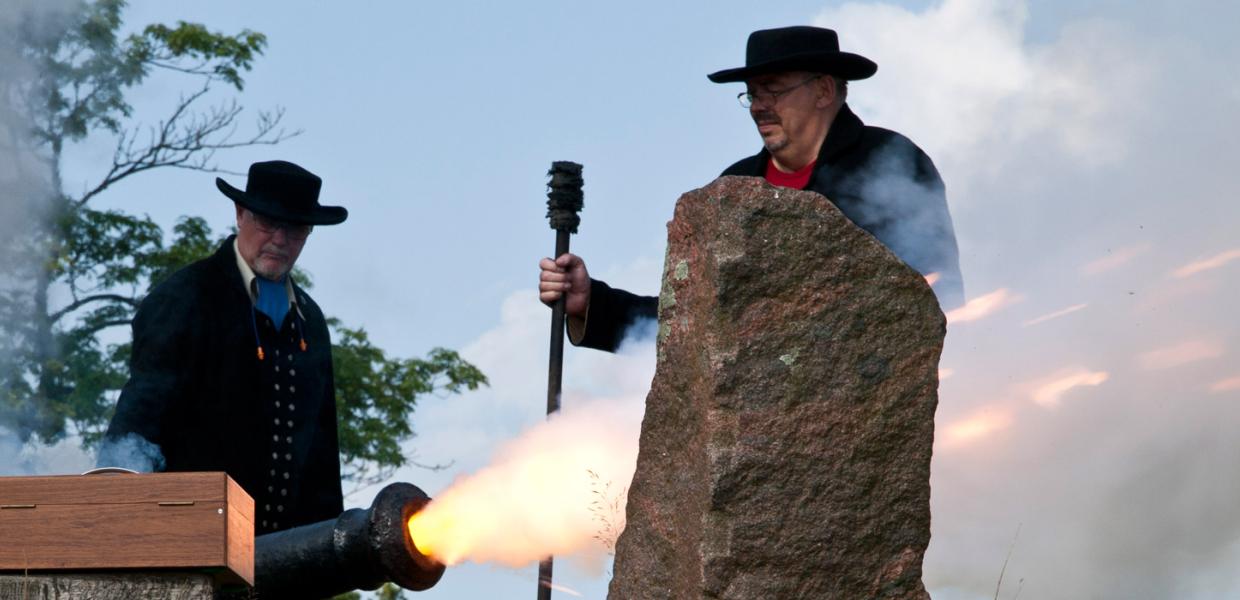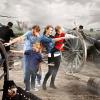
Spindrift, Ships and Whaling - the maritime history of Sønderjylland
Sønderjylland has a long and rich maritime history, and mariners, whalers and the roaring sea have all left their mark on the region.
It can be difficult to imagine today that Tønder was once a lively port. However, the town, which thanks to the establishment of dykes and land reclamation lies 15 km from the Wadden Sea today, once had direct contact to the sea, with ships able to sail into the town until the 16th century. Until that time, Tønder was one of the most important discharging ports in Sønderjylland, as evidenced by the names of some of the streets in the town.
However, Tønder doesn’t have a monopoly on maritime importance in Sønderjylland. Everywhere in Sønderjylland there are traces of an age in which the sea was the most important transport route, long before motorways, airports and railways revolutionised logistics. In fact, the maritime history of Sønderjylland stretches back to antiquity.

Photo:Conni Ernst
Northern Europe’s oldest vessel with a plank construction – Hjortspringbåden from around 350 BC – was found in a bog in northern Als in 1921, whilst Northern Europe’s oldest rowing boat, 'Nydambåden', was found close to Sønderborg.
During the 18th and 19th century, the shipping industry played a key role in the region. On the island of Rømø, whaler captains made their mark on the island when they weren’t embarking on dangerous expeditions in the North Atlantic to catch the giants of the ocean.
Today, at the Sea Captain’s House on Rømø you can see how a whaler’s family lived, as well as being able to see the skeleton of a sperm whale.

Photo:VisitAabenraa
Aabenraa was also a proud seafaring town at the time. From here, ships set course for distant destinations such as South America, China and Japan, and on the peninsula of Løjt, northeast of Aabenraa, the captains built lavish houses funded by the wealth they brought home. Many of these houses remain, providing clear evidence of former riches.
Shipping also meant cannons, gunpowder and cannonballs. Two cannons in Aabenraa bear witness to this, originating from the ship Aurora, which was built in Aabenraa in 1808. Today, the two cannons are fired on special occasions when Aurora’s 'kanonlaug'-guild deems that a cannon salute is called for – for example, at harbour festivals in the region.
Aabenraa hasn’t only been a port of call for ships, however: Vessels have also been built in Aabenraa and on the idyllic peninsula of Kalvø in the bay of Genner Bugt, where major shipowner Jørgen Bruhn established a shipyard in around 1850. The shipyard built some of the large merchant ships that sailed the seven seas. Although the shipyard closed down many years ago, passionate volunteers have established a small museum, where interested visitors can learn about ships that at the time brought goods, money and fascinating tales back to Sønderjylland from around the globe.



